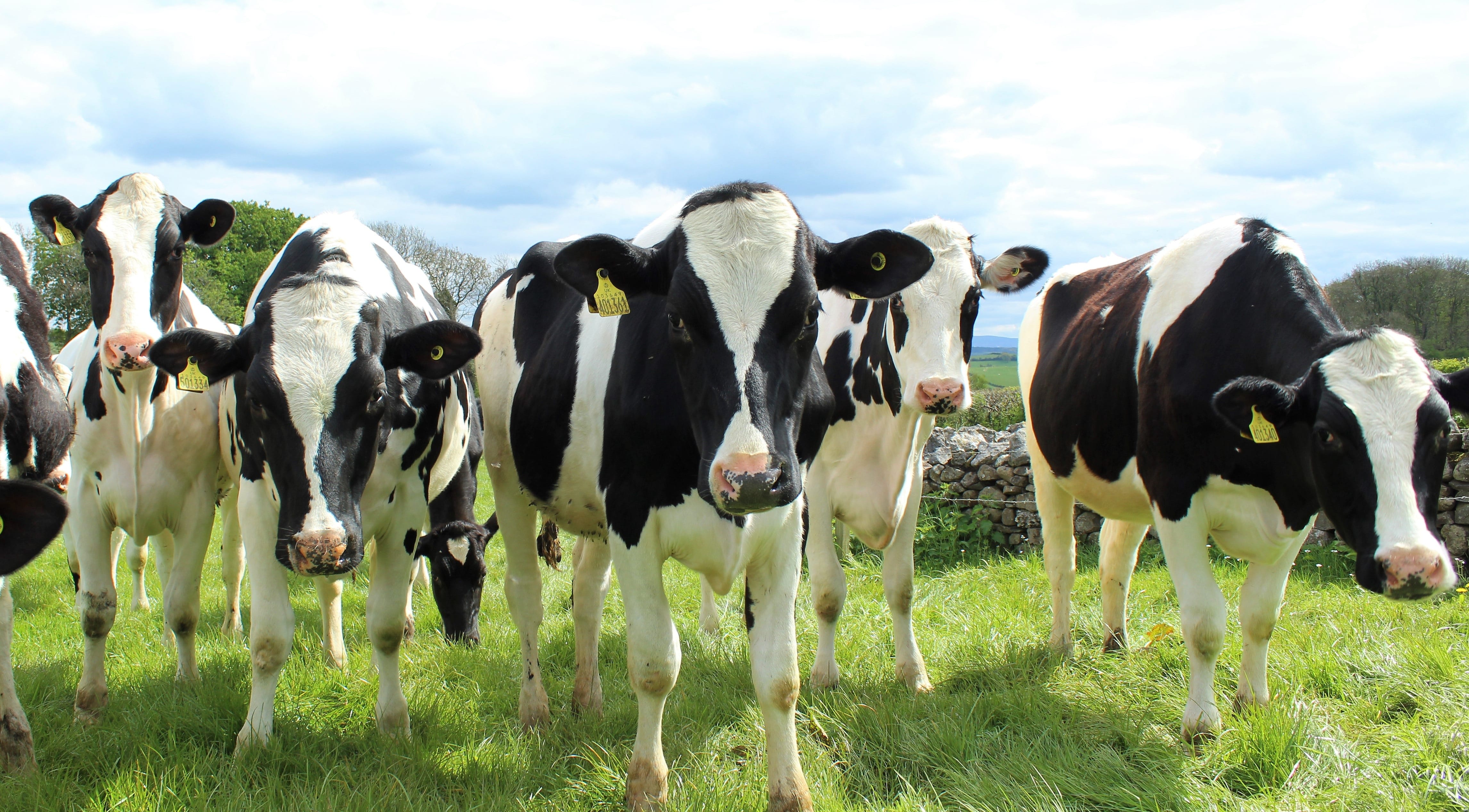Many of the causative infectious agents are transiently present, or produce villous atrophy that is obscured by autolysis; therefore, it is important to keep in mind that intestinal mucosa show histological signs of autolysis within 15 minutes of death, hindering diagnosis.
If fresh samples cannot be obtained, think carefully before requesting histopathology interpretation.
For histology, take multiple 2cm long cylinders AFTER flushing the lumen with formalin using a 50mL syringe and 18G needle. Alternately, cut the wall of the intestine; at least 1cm along its length, to allow proper fixation. Minimal handling of the fresh tissue is advised as the mucosa is very fragile and susceptible to manipulation.
NOTE: Fixed GIT tissues should be taken FIRST after opening the abdomen on post mortem examination to minimise the effects of autolysis.
We suggest you collect the following range of samples, depending on the age of the animals affected. You can nominate your own tests or let us select the appropriate tests for you.
- Faeces or colonic content
- Fixed small and large intestine (including spiral colon), abomasum, ventral rumen, liver, spleen, kidney, lung, mesenteric lymph node from freshly dead animal.
- Fresh liver, spleen, kidney (together), lung (separate) and lymph node (separate).
- Serum
- Dried milk powder feed

